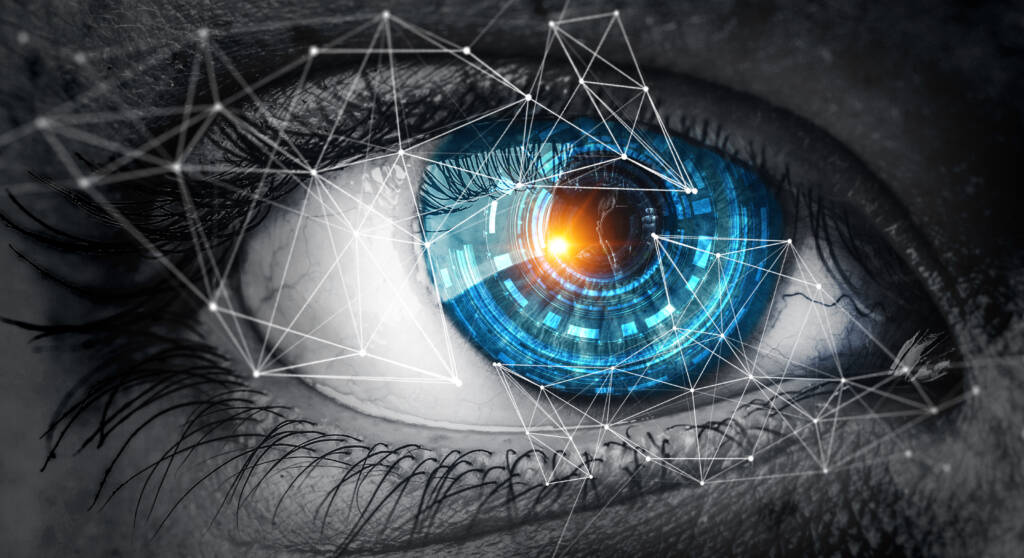
Our Research
Our research program is designed to understand the typical and atypical development of human vision. We hope to impact the clinical care of young patients to provide lifelong benefit. We incorporate expertise in human vision, visual neuroscience, the statistics of the natural environment, visual optics, ocular motor performance, computer vision and clinical care. Our work has been funded by the National Eye Institute since 2003 and has built on our studies of the quality of the visual information that reaches the developing brain and how young infants and children can use that information to interact with the world. These studies have implications for our understanding of human visual development, the clinical care of young patients, the design of assistive devices for patients with visual impairment, and the design of novel technologies for education and leisure. We collaborate with groups studying questions ranging from optometric and ophthalmological clinical care to binocular vision, computer vision and higher-level cognitive development. We are an interdisciplinary group that benefits from these diverse perspectives.
More Resources
Our publications
Who Are We?
Related Links
Current Funding
supporting the Lab
National Eye Institute:
ROI EY014460
Candy (PI) 2003-2026
Accommodation and Defocus in the
Infant Visual System
ROI EY032897
Linda B. Smith (PI) 2021-2026
The Statistics of Infant First-Person Visual Experience